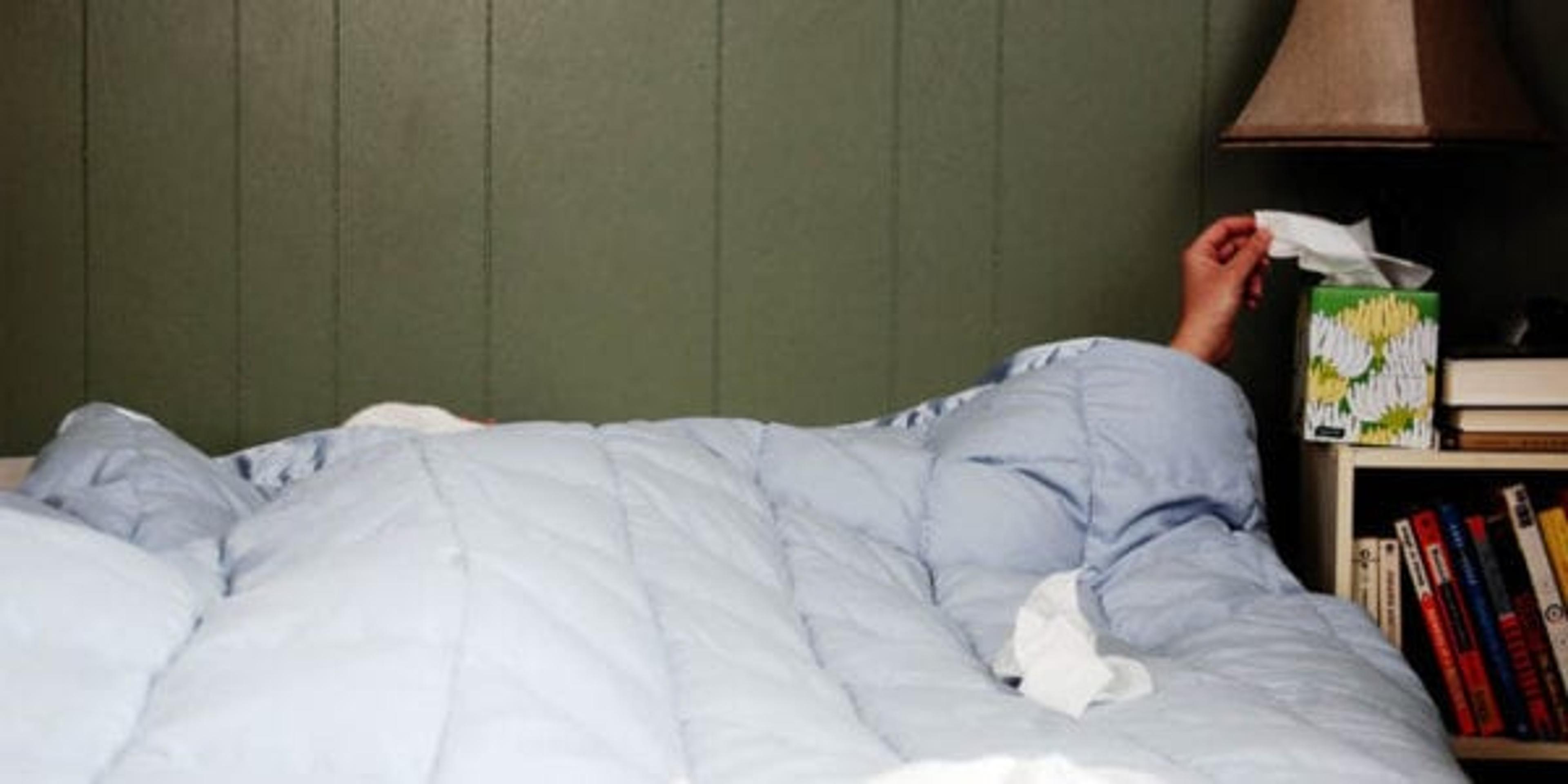Cold or flu? Know the difference
| 2 min read

You’ve caught what everyone in the office has: sneezing and coughing with a side of achy and feverish. Before allowing yourself to wallow in misery, act fast. Those first 24 hours of having cold or flu symptoms are crucial to a speedy recovery. But your treatment plan depends on the type of sickness you have. Since cold and flu symptoms are easily mixed up, we’ve broken them out so you can be prepared if you’re hit with either one.
Do I have a cold?
The common cold starts with a sore throat that goes away after a day or two, followed by nasal congestion, a runny nose and a cough by the fourth and fifth days. Fever is pretty uncommon for adults, but it’s not unheard of in children.
What should I do if I notice these symptoms?
You’re most contagious the first three days of having a cold, meaning you can easily pass the virus along to family and coworkers. In those first 24 hours of noticing your cold symptoms, you should:
- Stay home from work or school to prevent the virus from spreading.
- Opt for over-the-counter medicines such as aspirin, cough syrups and lozenges to ease head pain caused by nasal symptoms.
- Put the kettle on and enjoy a cup of herbal tea or another hot liquid to help rid mucus from the body.
- Get to bed early and have a full eight hours (or more) of sleep so your strength will bounce back quickly.
Do I have the flu?
Even though it can resemble the common cold, the flu typically comes on more suddenly. According to WebMD, you can expect a high fever, headache, fatigue and body aches, as well as a dry cough. Vomiting and diarrhea may also occur.
What should I do if I notice these symptoms?
Prescription medications are most effective within 48 hours of the onset, so see if your doctor can squeeze you in. And, here are a few other things you can do within those first 24 hours:
- Just like having the cold, you should stay home and avoid contact with others.
- Drink clear fluids like water, broth or electrolyte drinks to prevent dehydration.
- Reduce fever discomfort with a cool, damp washcloth on your forehead, arms and legs.
- Add a humidifier in your room to make breathing easier.
If you have unusual symptoms like having trouble breathing, inability to eat and/or sudden dizziness, consult your doctor – it could be something more serious.
Photo credit: jamelah





